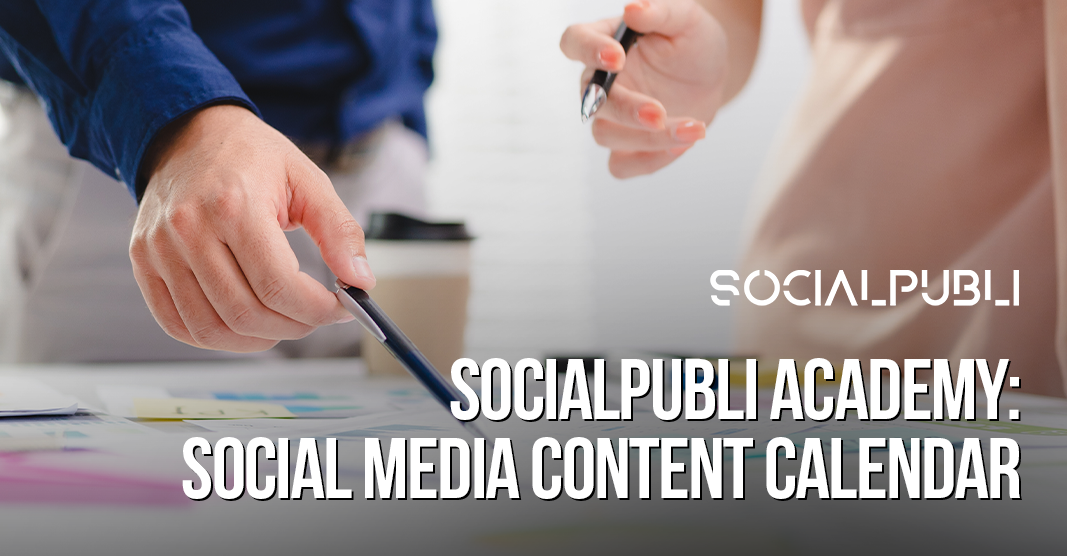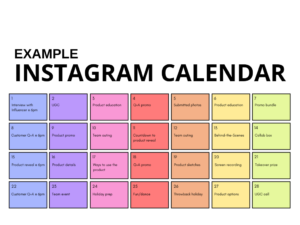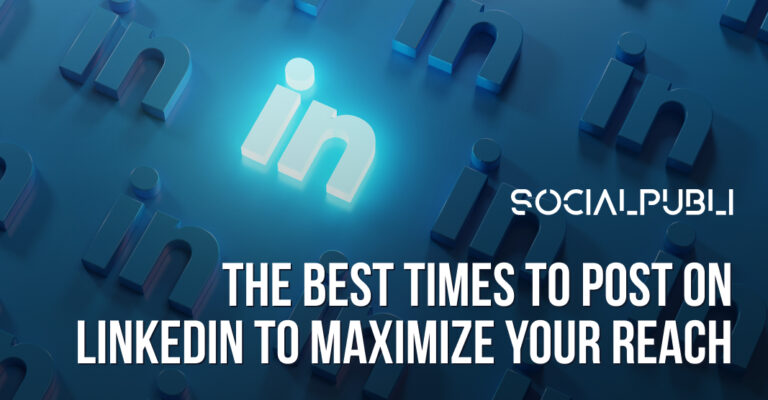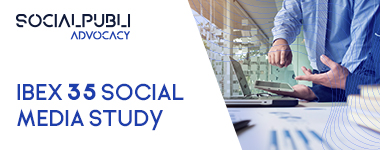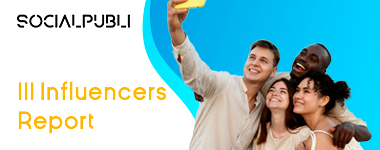Planning and organising your posts is essential to maintaining a consistent and effective social media presence. A social media content calendar not only helps you stay on top of what you’ll be sharing, but also allows you to align your posts with your marketing goals, ensuring that each piece of content has a clear purpose and contributes to the growth of your profile.
Why do you need a social media content calendar?
Creating a social media posting calendar is essential to any digital marketing strategy. It allows you to plan ahead, which reduces the pressure of having to generate content on the fly. It also helps you to maintain consistency in your messaging and ensure that you are posting regularly, which is key to maintaining engagement with your audience.
A well-structured calendar also allows you to take advantage of important dates and events relevant to your industry. By having a calendar, you can plan special posts for events, product launches or promotions, maximising their impact.
Also read: boost
Steps to create your content calendar
1. Define your objectives:
Before you start creating your calendar, it is crucial that you are clear about what you want to achieve with your posts. Are you looking to increase your visibility, generate more engagement, or promote a specific product? Your goals will guide your entire calendar. For example, if your goal is to increase traffic to your website, you can plan posts that include direct links to your articles or product pages.
2. Know your audience:
Understanding who you are targeting is key to creating relevant content. Analyse your audience’s demographics and behaviour to find out what kind of content they are most interested in. Analytics tools such as Google Analytics or Facebook Insights can provide you with valuable information about your audience’s interests and behaviours. This will help you tailor your content to better resonate with them.
3. Conduct a content analysis above:
Before planning your future posts, review the performance of your past content. Identify which types of posts have been most successful in terms of engagement, reach and conversions. This will give you a better idea of what works well and what you could improve or avoid in the future.
4. Plan your posts:
Decide how many times a week you will post on each platform. A good starting point might be 3-4 posts per week on Instagram, 5-7 tweets per day on Twitter, and 1-2 posts per day on Facebook. However, the frequency should be adjusted depending on the platform and your ability to maintain quality content.
Each platform has its own algorithms and dynamics, so it is important to adapt the frequency and type of content to each platform. For example, on Instagram, stories may be more frequent, while on LinkedIn, where content tends to be more formal, you might go for fewer posts, but with a more in-depth approach.
5. Create a mix of content:
Diversify the type of content you share. Include informative, promotional, educational and entertaining posts. This approach will help you keep your audience engaged. Not all followers are interested in the same type of content, so it’s important to vary to keep the attention of a diverse audience.
Also consider creating interactive content, such as polls, quizzes or open-ended questions, which can increase participation and make your audience feel more connected to you. Not only does this improve engagement, but it can also provide you with valuable insights into what your audience wants to see more of.
6. Use planning tools
Tools like Metricool can be very useful for scheduling and monitoring your posts. These tools allow you to automatize part of the process and keep an organised posting schedule. They also offer detailed analytics that help you understand the performance of each post and adjust your strategy accordingly.
Other tools such as Hootsuite or Buffer are also great options for managing multiple social media accounts from one place. These platforms allow you to schedule posts in advance, which is particularly useful for managing multiple social networks efficiently.
7.Thematic calendars and special dates:
Take advantage of special dates, such as holidays, national events or international days related to your industry. Including these events in your content calendar can help you create relevant and engaging content that resonates with your audience at key times.
For example, if you have a fashion brand, you can plan posts around Fashion Week, or if you work in the technology sector, you can create special content for Internet Safety Day. These themed posts are not only relevant, but also show that your brand is aware of what’s happening in your industry.
8. Evaluate and adjust your calendar:
It is important to regularly review the performance of your publications to see what is working and what is not. This will allow you to make adjustments to your strategy and continually improve. Use analytics provided by social media platforms or planning tools to get insights on the effectiveness of your posts.
Don’t be afraid to experiment and try new things. If one type of content is not performing as expected, try modifying it or replacing it with another approach. Flexibility is key in digital marketing, and a content calendar should not be static, but should adapt to the changing needs of your audience and your brand.
Benefits of a social media posting calendar
A social media calendar provides you with numerous benefits, among them:
- Consistency: Posting regularly keeps your audience engaged and increases your brand’s visibility. Consistency in posting is also crucial for many platforms’ algorithms, which tend to encourage consistent and active accounts.
- Better organisation: It allows you to plan ahead and avoid last-minute stress. By having a well-defined calendar, you can better coordinate with other members of your team, ensuring that everyone is aligned with the overall strategy.
- Clear strategy: Helps you keep your content strategy aligned with your marketing goals. With a calendar, you can see at a glance if you are covering all key areas of your strategy and if you are taking advantage of all publishing opportunities.
- Time savings: Planning ahead saves you time on a day-to-day basis, allowing you to focus on other areas of your business. In addition, by using scheduling tools, you can free up time to interact more directly with your audience and focus on creating quality content.
- Better tracking of results: A content calendar makes it easier to track and analyse the performance of your posts. You can identify patterns in what works best and adjust your approach to maximise the impact of each post.
A social media content calendar is an indispensable tool for any influencer or brand that wants to maintain a strong and effective social media presence. By planning your posts in advance, you can ensure that each piece of content is aligned with your goals and designed to attract and retain your audience.
Don’t forget to complement your strategy with the best digital marketing tools to optimise your work and get the most out of your social media efforts. With a well-planned calendar and the right tools, you’ll be in a great position to grow your profile and achieve your social media marketing goals.
Also read: three tools to manage your social networks
